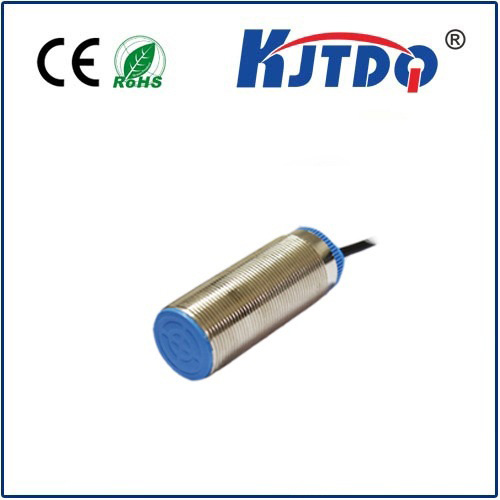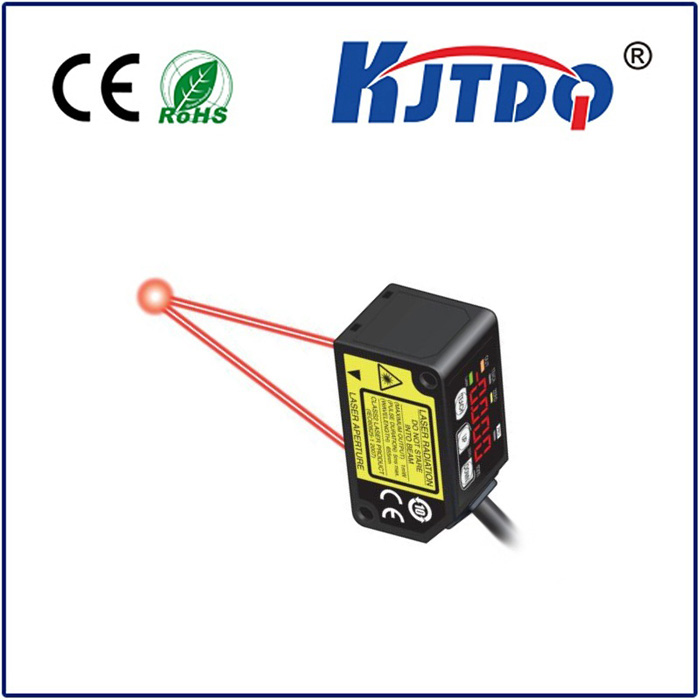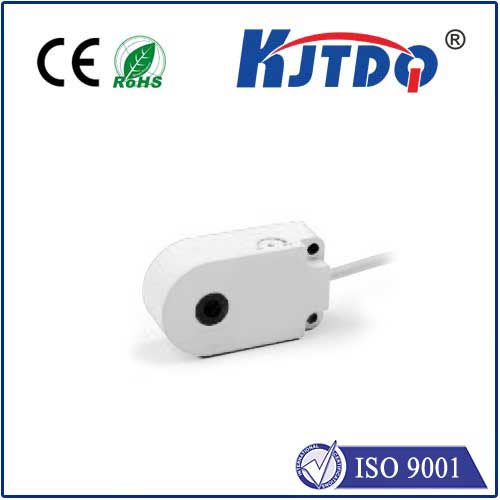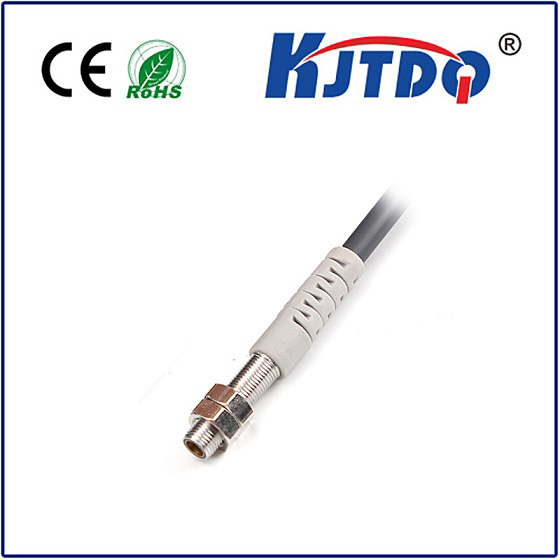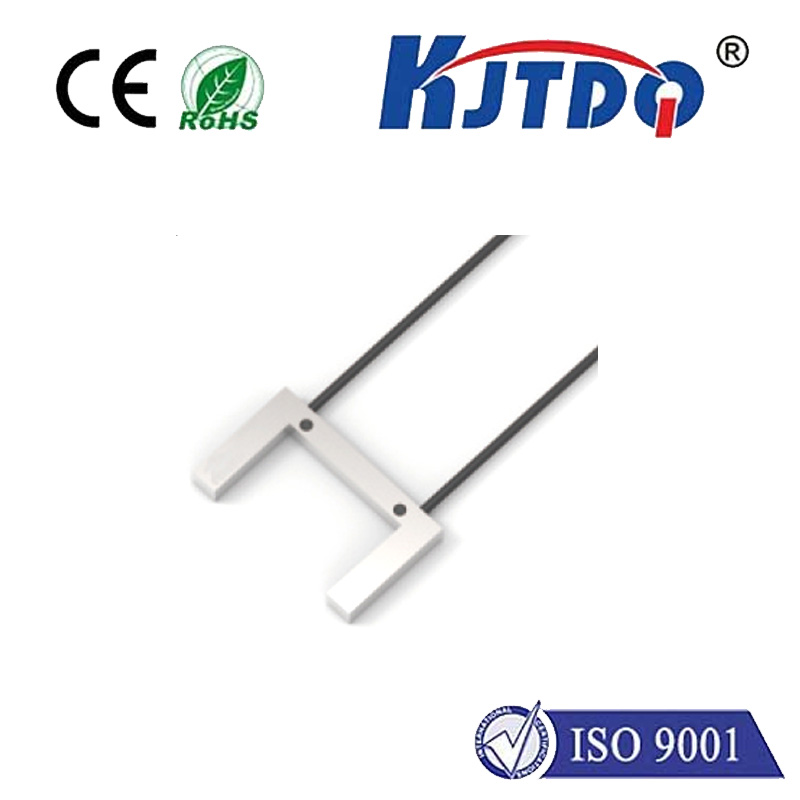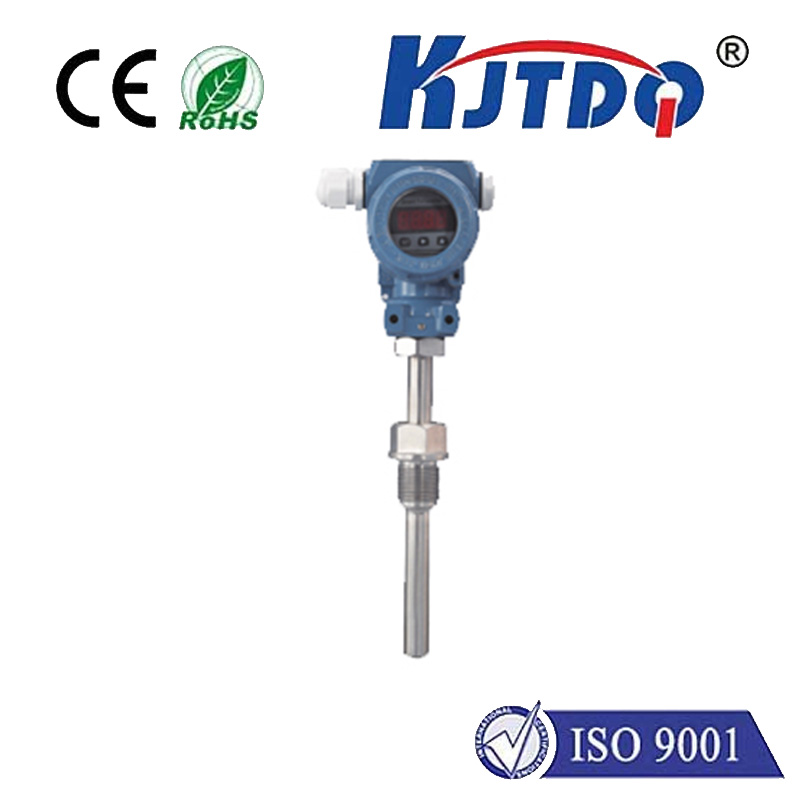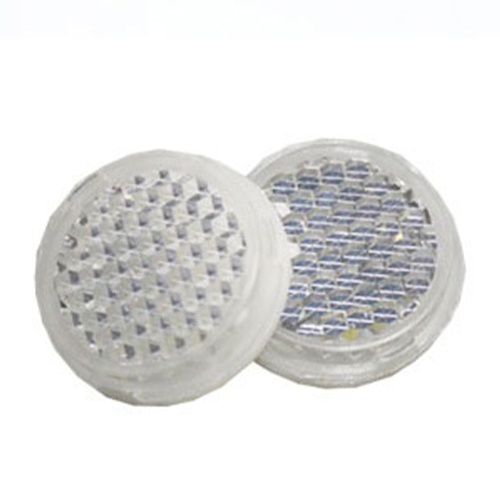

check

check

check

check
In the relentless heartbeat of modern manufacturing, milliseconds matter. Machines must communicate flawlessly, processes demand unwavering precision, and component reliability isn’t a luxury – it’s the bedrock of uptime. For engineers and automation specialists seeking robust, dependable non-contact metal detection, the Omron E2E-X18ME2-Z 2M proximity sensor emerges as a cornerstone solution. This specific model blends critical features designed to excel in challenging industrial settings. Let’s delve into what makes this sensor a trusted workhorse for countless applications demanding unwavering performance.
At its core, the E2E-X18ME2-Z is a shielded, cylindrical inductive proximity sensor. Its core function is elegantly simple yet vital: detecting the presence or absence of metallic objects without physical contact. The “18” in its designation signifies its standard sensing distance: 18mm. This is a crucial specification, dictating the optimal mounting position relative to the target metal. Furthermore, the “ME2” suffix points to its enhanced environmental resilience, primarily its impressive IP67 rating. This signifies robust protection against dust ingress (rated IP6X) and resistance to the effects of temporary immersion in water up to 1 meter deep for 30 minutes (rated IPX7). Such resistance is non-negotiable in environments plagued by washdowns, coolants, oils, or pervasive dust and grime – common scenarios in metalworking, food processing, packaging, and heavy machinery.
The “2M” component of the model name is equally significant. It denotes that this sensor comes equipped with a pre-attached 2-meter cable. This integrated cable length offers substantial practical advantages:

How does this sensor achieve its detection magic? It relies on the principle of electromagnetic induction. The sensor head contains an oscillator generating a high-frequency electromagnetic field. When a ferrous or non-ferrous metal target enters this field, it induces eddy currents within the metal. These currents cause a measurable change in the oscillation amplitude within the sensor. Sophisticated internal circuitry detects this change in amplitude and triggers a solid-state output switch. The E2E-X18ME2-Z typically features a PNP (sourcing) output configuration, meaning it switches the positive voltage line to the load when an object is detected. This configuration is widely compatible with modern Programmable Logic Controllers (PLCs) and control systems.
Key performance characteristics solidify its position in demanding applications:
Wondering where the E2E-X18ME2-Z 2M shines? Its combination of features makes it incredibly versatile:
For successful integration, remember these best practices: Mount the sensor securely using its standard M30x1.5 threaded barrel. Ensure the metal target aligns correctly within its 18mm sensing range. Account for factors like target material, size, and shape, as these can slightly influence the effective sensing distance (factors like size reduction or correction factors apply per datasheet guidelines). Properly connect the cable according to the wiring diagram – brown wire (+V), blue wire (0V), and black wire (output) for PNP models. Crucially, ensure the sensor is shielded from electrical noise sources like variable frequency drives (VFDs) or high-current cables, and verify the environmental conditions (temperature, liquids, chemicals) stay within its specified ratings.
When selecting a proximity sensor for harsh, demanding industrial automation tasks, the Omron E2E-X18ME2-Z 2M proximity sensor consistently delivers. Its proven reliability, standardized 18mm sensing range, critical IP67 protection against water and dust ingress, and the convenience of a pre-attached 2-meter cable make it a strategic choice. It reduces installation complexity, enhances system resilience, and provides the dependable detection performance essential for maximizing machinery uptime and optimizing production flow. For engineers prioritizing durability, ease of use, and unwavering performance in metal detection, this specific Omron model offers a compelling solution, solidifying its place as a fundamental component in the robust infrastructure of modern manufacturing. Understanding its specifications ensures it’s deployed effectively to meet the exacting demands of the factory floor.
